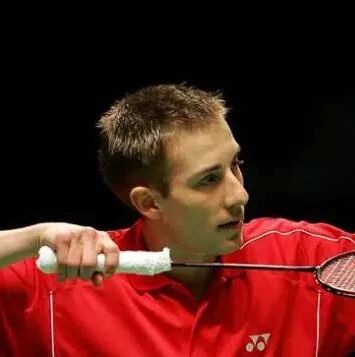The most comprehensive and powerful analysis of badminton tactics—finally, you’ll know exactly how to play singles!
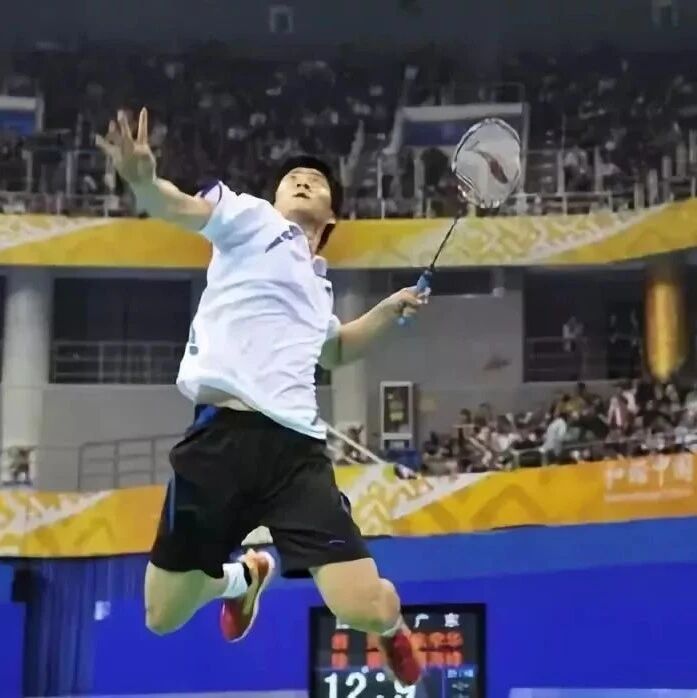
Badminton playing styles refer to the distinct competitive approaches developed based on an individual player's technical skills, physical fitness, mental strength, and other personal attributes. Meanwhile, badminton tactics involve strategic responses tailored to counter an opponent’s technique, playing style, stamina, and mindset—aimed at securing victory in a match. While playing styles and tactics are not identical, they are closely interconnected: techniques form the foundation for both, and as players continually refine their technical abilities, it naturally leads to the evolution and improvement of their playing styles and tactical approaches. Beginners, after mastering fundamental techniques, should start familiarizing themselves with various badminton playing styles and basic tactics, while also identifying strategies that suit their unique strengths and characteristics—and learning key tactical principles applicable during actual matches.
Hit the backcourt baseline
For badminton beginners, this is a fundamental technique that must be mastered. It involves using high shots to push your opponent back to the baseline, forcing them to return the shuttle poorly, at which point you can deliver powerful smashes or drop shots into the open net area. This style of play relies heavily on power to outmaneuver your opponent, essentially testing who has superior skills in executing high clears, drops, and smashes from the backcourt. To effectively employ this strategy, you first need to ensure your own high shots consistently reach the opponent’s baseline—and at the same time, you must possess the ability to hold your ground and compete aggressively in the backcourt against their returns.
Control the landing point of the ball in all directions
Attacking the four corners involves targeting the opponent's four key areas—upper, lower, left, and right—with swift, precise shots. This forces the opponent to move rapidly across the court, disrupting their formation and timing. By doing so, players create openings in the opponent’s defense, allowing them to exploit these gaps with well-timed, powerful attacks. Such a strategy demands that athletes possess quick, agile footwork, solid defensive skills, and the ability to control shot placement accurately while delivering forceful, decisive strikes.

Quickly pull and lift to control the net ahead.
This is one of the most commonly used aggressive, fast-attacking playing styles. Its key features include: using offensive flat-high shots to quickly push opponents back into the two backcourt corners, followed by sudden drop shots or powerful smashes to lure opponents toward the net. Once at the net, players swiftly move in to dominate the front court, combining delicate net play—like soft chops—with precise pushes to the backcourt baseline, making it difficult for opponents to return the ball effectively. This approach ultimately creates opportunities for powerful smashes from the mid-to-backcourt areas. To master this style, athletes need well-rounded technical skills, excelling both offensively and defensively, with quick, agile footwork and fluid hand movements—especially refined net control. Players typically adopt this technique after they’ve already developed a comprehensive set of skills.

Down the backcourt, drop shot at the net, then gently tap or push.
This playing style is characterized by offensive techniques in the backcourt—such as downward shots like smashes, clears, or drop shots—that quickly transition to net play with delicate chops or pushes, creating a seamless flow between the backcourt and frontcourt attacks and significantly boosting the overall power of your offense.
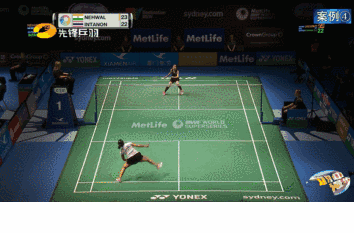
Defend the center, counterattack
This playing style is designed around the athletes' physical traits—being shorter but more agile. It focuses primarily on defense, combined with counterattacks like smashes and drop shots, reflecting a strategic approach aimed at forcing opponents into more errors while minimizing your own mistakes. But how do you make the opponent rack up more errors? The key lies in your ability to expertly control the placement and trajectory of your shots, constantly shifting their positioning as they rush into awkward, rushed attacks—or even luring them into making costly, premature decisions. This, in turn, creates opportunities for you to launch your own counteroffensives. And how can you ensure that you make fewer mistakes yourself? It all comes down to having quick, nimble footwork, allowing you to reach every corner of the court and save even the toughest incoming balls. By effectively neutralizing the opponent’s powerful attacks, you not only maintain your defensive stability but also seize crucial moments to strike back with precision.
Repeated flat high balls
This tactic is characterized by repeatedly hitting flat, high shots into the same backcourt area of the opponent—often several times in succession—to either corner them into a defensive position or force them to hit a half-court, high shot, thereby setting up your team for the decisive final attack. This strategy works particularly well against opponents who struggle with quick net approaches, have limited control over baseline play, or lack efficient lateral footwork.

Lob the ball high and level on both sides
Use flat or lob shots to continuously attack both sides of the court, driving deep toward the baseline, in order to gain the upper hand—or force your opponent into a defensive position—thus setting up the perfect opportunity for your final, decisive shot. To execute this tactic effectively, the player must maintain excellent control over the pace of their high shots, ensure pinpoint accuracy, and deliver consistent, smooth movements. This strategy is particularly effective against opponents who are quick to move back to the net but lack strong baseline-hitting capabilities.
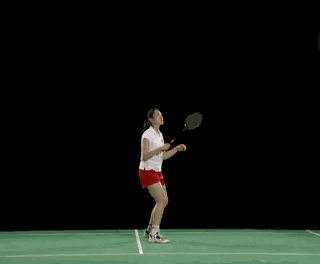
Repeated drop-shot tactic
Repeatedly executing either two-sided or one-sided drops aims to gain the initiative for an attacking play. This tactic works particularly well when your team has strong drop-shot skills and can master deceptive drop shots, especially against opponents with poor net play or those who fail to reach deep balls effectively, causing them to hastily retreat and defend against your powerful smashes.
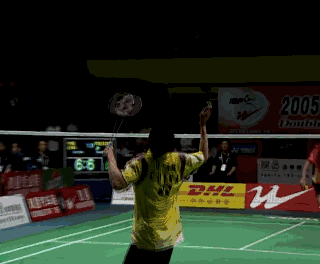
Slow lift combined with quick lift
The so-called "slow lob" (or "soft lob") refers to a shot where the ball is lifted slowly from the backcourt toward the net, with a high arc and landing point positioned close to the net. This technique, often combined with a high lob, is used strategically to stretch out the opponent's positioning—sometimes even allowing for a direct point.
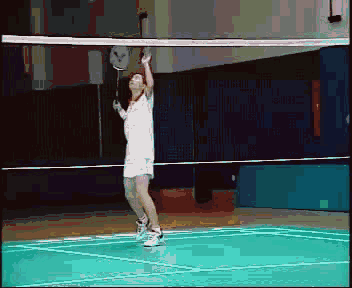
The so-called "quick drop shot" (or "split-drop") refers to a shuttle that is lifted from the backcourt toward the net at a rapid pace, traveling almost in a straight line and landing relatively far from the net. This tactic is typically employed at the precise moment when the opponent’s positioning has been stretched wide, leaving their center of gravity momentarily unbalanced.
Repeated smash
When facing an opponent who frequently pulls back to the backcourt after defending, you can employ a repeat-smash offensive strategy. To execute this tactic effectively, first identify your opponent’s tendency, then start with a soft or short smash. At this point, don’t rush forward to the net—instead, carefully adjust your positioning to create the ideal setup for launching repeated smashes.
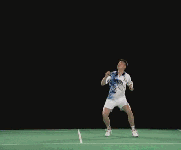
An attack combining long-range and close-combat tactics
The tactic combining long kills with short kills (such as drop shots and smashes) can be summarized as "long kills in a straight line, short kills diagonally." Compared to the reverse approach—diagonal long kills paired with straight short kills—it proves more effective. This is because when opponents attempt to return a "straight long kill combined with diagonal short kill," they must cover a significantly greater distance, making defense far more challenging.

Offensive plays involving heavy and light tackles
The tactic can be summarized as: heavy smashes in the midcourt and light smashes in the backcourt. When our team creates a midcourt opportunity through drop shots and lifts, we should opt for the heavy-smash strategy. Conversely, if the shuttlecock is already in the backcourt and we still want to finish with a smash, we typically choose the lighter, more controlled version instead.
Because a heavy smash in the midcourt, even if it causes you to lose your balance, won’t necessarily lead to losing control at the net. However, if you execute a heavy smash from the backcourt and happen to lose your balance—resulting in a slower approach to the net—you’ll likely struggle to maintain control at the front. In contrast, a light smash allows you to keep your body’s center of gravity better positioned, making it easier to smoothly transition into controlling the net play next.

Repeated ball-handling offense
When you encounter an opponent who habitually steps back quickly after hitting a net shot, you can employ a repeat-rally tactic to seize the initiative and disrupt their intention to retreat into an attacking position.
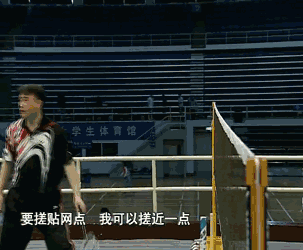
Repeated ball-handling offense
When our opponent quickly moves back to the center after blocking a ball from the backcourt, we can employ a repeat-push strategy. In particular, a backhand net push straight down the line poses an even greater threat.
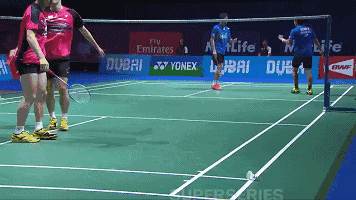
Two-sided hook-shot offense
Our team lobs a cross-court net shot from the front of the court. When the opponent responds with a straight-line net drop and retreats forward in an attempt to attack, we can immediately lob another cross-court ball. This tactic proves especially effective against opponents who struggle with pivoting or shifting their position.

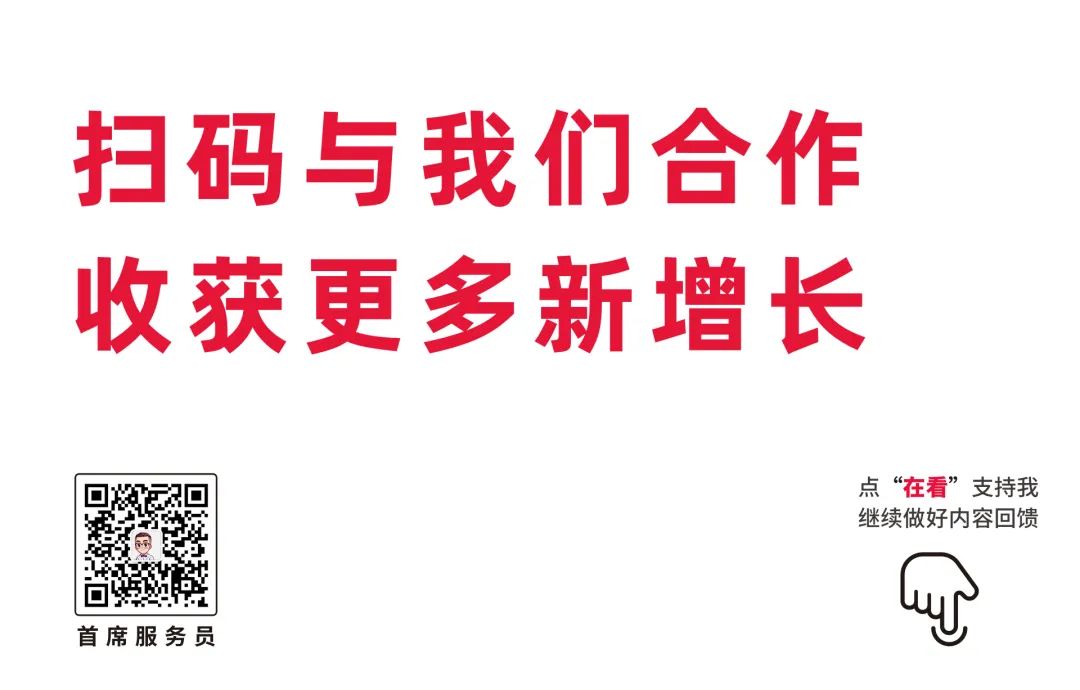
Related Articles

Practice badminton at home—this is the most effective way to improve!
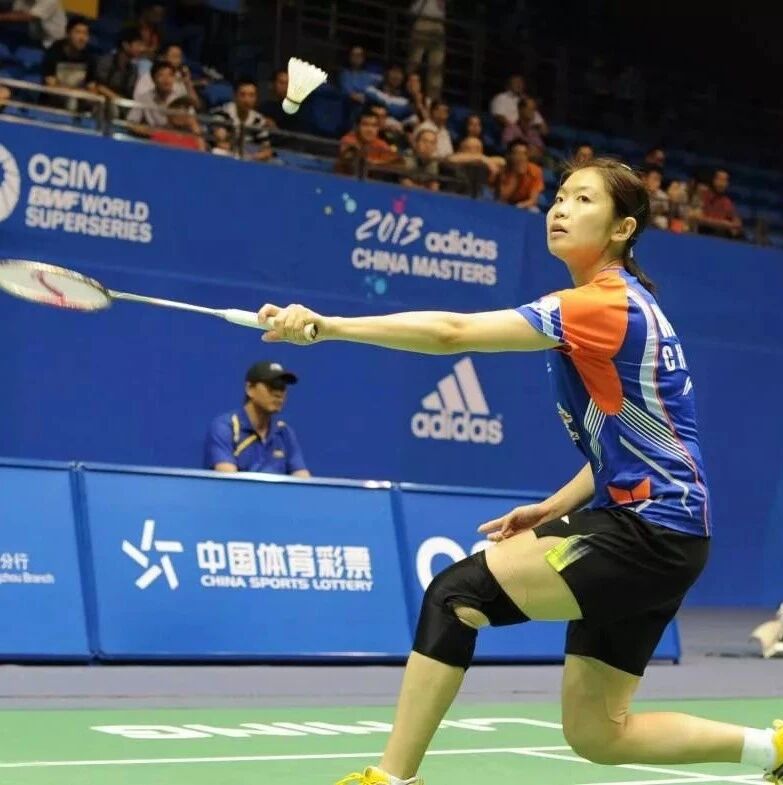
Mastering the drop shot technique may be the dream of many badminton enthusiasts!
